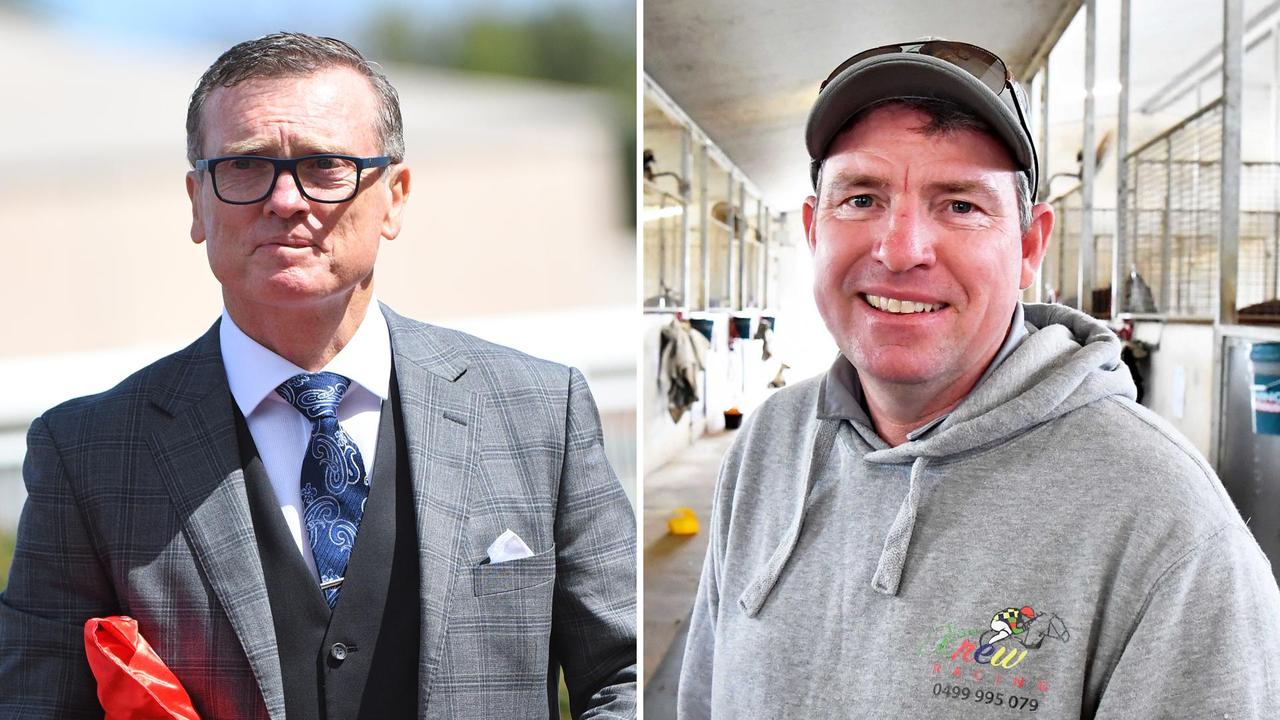Pandora makes 103 million pieces of jewelry a year. Now all of it will be made from recycled silver and gold
Precious metals are valuable because they can be recycled over and over again without any loss in quality. And yet, every year, 1,600 tons of gold is mined for jewelry, in a carbon-intensive process is often brutal to workers.Pandora, the Danish jeweler famous for its affordably priced charm bracelets, is putting an end to gold and silver mining in its supply chain. This is a big move because Pandora is the world’s largest jeweler by volume, selling 103 million pieces a year. After years of working to shift its supply chain, it announced today that every single piece of jewelry it now sells is made of recycled gold and silver. This is expected to save 58,000 tons of carbon dioxide a year, on par with the annual electricity use of 11,000 homes. [Photo: Pandora]It took years to change Pandora’s supply chain, says Luciano Rodembusch, Pandora’s president for North America. The effort began several years ago, when a group of more than 100 Pandora employees were tasked with sourcing recycled metals. Today, less than 20% of the world silver supply and less than 25% of the world’s gold comes from recycled sources. This means that there wasn’t already an obvious jewelry supply chain for Pandora to tap. It had to search for recycled metal refineries around the world. Pandora was able to find these suppliers by December of 2023, and since then, it has been working to deplete its non-recycled inventory.Rodembusch says that most of this gold comes from industrial sources, like X-ray machines and electronic equiptment. “The amount of gold and silver used in jewelry is relatively small,” he says. “But gold and silver is often used in large quantities in industrial machinery, so this is our best sourced of recycled materials.”[Photo: Pandora]A more sustainable choiceTraditional gold and silver mining is a very destructive process that unearths a lot of carbon. Around the world, there are small and large scale mines, where workers use machinery to dig these precious metals from the ground. Human Rights Watch says millions of workers around the world rely on gold, silver, and diamond mining for their livelihoods, but the conditions in these fields are often very harsh. Workers—including children—are often injured and killed in the process. And mining harms communities by polluting waterways with toxic chemicals.In contrast, recycling gold and silver takes place in large factories, where the metals are melted down and removed of impurities. Right now, the carbon footprint of recycled silver is about a third that of mined silver, and recycled gold generates less than 1% of the carbon emissions compared to mined gold. [Photo: Pandora]However, recycled gold and silver is still significantly more expensive than the mined variety, which is one reason it is still not widespread in the jewelry business. Rodembusch says that this change in materials will result in $10 million in additional costs to Pandora. But the company will not raise the price of products.Instead, it is trying to shave off costs in other ways. Pandora makes all of its jewelry in two factories that it owns in Thailand, staffed by 14,000 workers. Since it has control over this manufacturing process, it can introduce more efficient equipment, which can save costs. “We’re trying to be more efficient across our entire company, including cutting down on employee travel,” says Rodembusch. “We’re a global business, so we had been used to traveling a lot. But post Covid, we’ve seen that this travel isn’t always necessary, and can reduce our expenses.”[Photo: Pandora]Pandora is paving the way for the rest of the jewelry industry to switch to recycled materials. By tapping into these refineries, it is making it easier for smaller jewelers to identify and partner with these suppliers as well. If the entire jewelry industry shifted to recycled sources, Pandora estimates that it would save 53 million tons of carbon, equivalent to the annual carbon footprint of New York City.Still, a significant chunk of Pandora’s business comes from fashion forward jewelry, rather than fine jewelry. It is constantly promoting new charm collections, such as its current Halloween collection or Disney villains collection. These products will likely not have the same kind of lifespan as more classic jewelry, which means they are inherently less sustainable. Rodembusch points out that since charms are so personalized, customers tend to have an attachment to them, and hold on to them for years. But Pandora is also thinking about how it can take back old, unwanted jewelry from customers to recycle it. “This would create a fully circular system,” Rodembusch says.


















